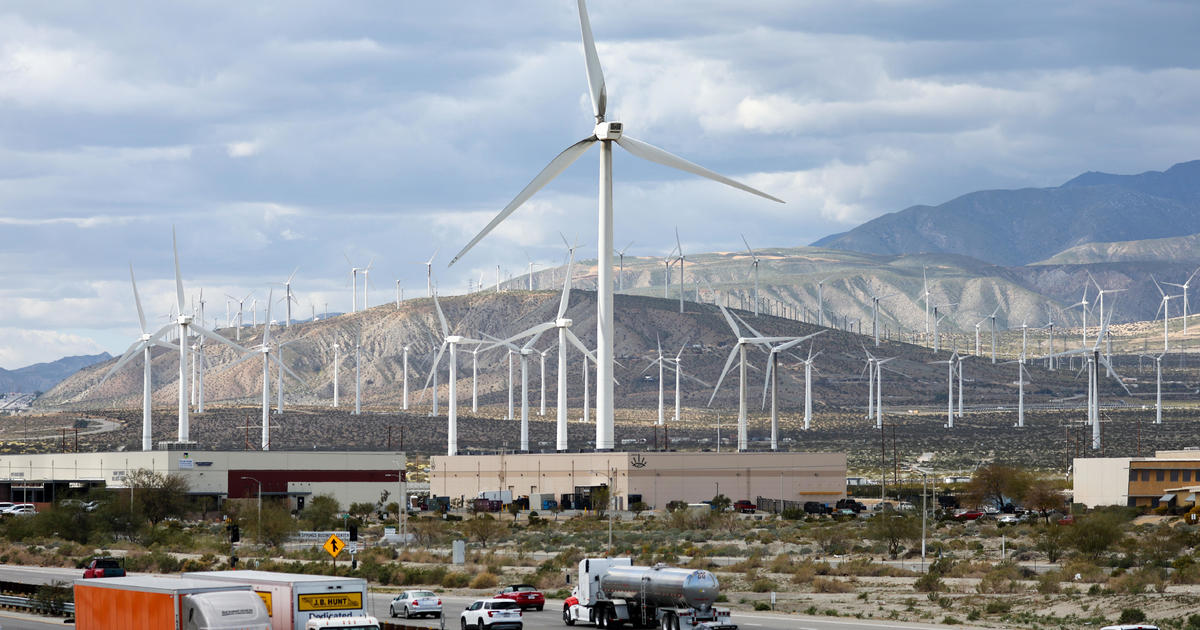New data from the Energy Information Administration reveals that solar and wind power have surpassed coal in generating US power for the first five months of the year. This marks the first time that wind and solar have out-produced coal for such a long period of time. Preliminary and real-time figures show that the trend has continued into April and May as well. When hydroelectric power is included, renewables have been out-performing coal since October of last year.
Cheaper than coal
Renewables, such as wind and solar, are the most cost-effective sources of energy production. This means that we can expect to see more records being broken as renewable energy becomes increasingly popular. Ram Rajagopal, a professor of civil and environmental engineering at Stanford University, supports this claim.
This shift towards clean power demonstrates a decline in coal-fired power generation. Just a decade ago, coal accounted for 40% of the nation’s electricity. While the figures are currently preliminary and subject to revision, the increasing presence of renewable energy sources suggests that coal power will continue to decrease. EIA Administrator Joe DeCarolis predicts that this year, the United States will generate less electricity from coal than in any year this century.
Over the years, coal power has been on the decline due to the affordability of natural gas, another fossil fuel that is obtained through hydraulic fracturing. However, coal experienced a brief resurgence last year when natural gas prices spiked after Russia’s invasion of Ukraine. Nevertheless, coal usage is decreasing in the United States due to the retirement of coal plants. This retirement is beneficial for the environment since coal is the most polluting energy source, accounting for over half of carbon emissions from electricity production.
Although coal is declining, recent research questions the comparative “clean” status of natural gas. The Inflation Reduction Act, which dedicates funding to clean energy expansion, promises to accelerate the growth of renewable energy. However, the process of connecting renewable energy sources to the electrical grid is becoming increasingly time-consuming. Rajagopal emphasizes that building more clean energy plants is only half the battle; connecting these sources to the grid is equally as important.
Connecting to the grid
A recent report from the Lawrence Berkeley National Laboratory reveals that projects, such as wind, solar, or hybrid plants, typically wait five years from the time they request a connection to the grid until they begin commercial operations. This is an increase from less than two years for projects built between 2000 and 2007. The report also states that there are over 10,000 projects representing 1,350 gigawatts of generating capacity awaiting connection to the grid, the majority of which are zero-carbon.
“There are many hundreds of gigawatts of projects in interconnection queues in the United States,” says Rajagopal. “Even if we wanted to accelerate the growth of renewables, the approval process takes time.”
Denial of responsibility! VigourTimes is an automatic aggregator of Global media. In each content, the hyperlink to the primary source is specified. All trademarks belong to their rightful owners, and all materials to their authors. For any complaint, please reach us at – [email protected]. We will take necessary action within 24 hours.


